INTRODUCTIONCollect baseball cards, and you already know there’s tons of materials available documenting everything you ever wanted to know about the hobby. Who made it? When was it made? Where did they make it? These are all easy questions a person could likely answer simply by examining the four corners of a given card. With a little more research, you could find out how many were made that year; and perhaps even why it was made in the first place. The same goes for stamp and coin collecting. I wish I could say the same for felt pennants and banners. Unfortunately, the opposite seems true. More often than not, collectors of vintage felt novelties can only make assessments about the decade in which a given piece was made. And that’s usually where the information completely dries up! Nobody seems to know (or, care) about anything else beyond that. After I became interested in pennants, I asked myself these questions. So I turned to the internet … and surprisingly found very little. I looked for books on the subject, expecting to find several--but found only one: Mike Egner’s “Vintage Pennant Price Guide,” a survey of the best pennants available for most professional sports teams through 1970. That was it. 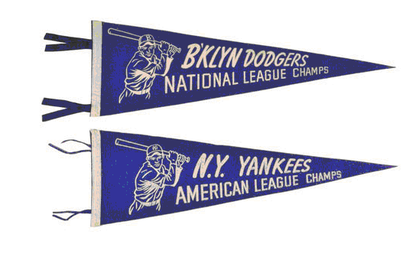 Here’s the problem: unlike a baseball card or coin, pennants generally bear very little production information on them. Whereas most baseball cards reference the year they were made, pennants typically won’t unless it commemorates a certain event, team or championship. Even still, many pennants celebrating a particular championship lack any reference to a year. And if your team won a lot of titles that decade, it’s nearly impossible to pin down which championship year the pennant commemorated. (You Yankee collectors know what I’m talking about!) Another problem is pennants typically retain very little information identifying the manufacturer on them. Sure, especially in the early 20th century, some makers sewed labels on the reverse listing the company name and where it was located. But by the 1940s, 50s and 60s, only a few manufacturers continued this practice. Instead, many makers affixed a paper “topper” to the pennant containing manufacturing information. The problem was, unlike the sewn label, the topper was intended to be removed by the consumer post-purchase. Consequently, many vintage pieces from this era today lack any information about who made it, where, when, etc.
|
About me...I collect vintage pennants and banners. Soon after getting into this hobby, I became curious about the companies responsible for their production. I had to look hard, but eventually found a lot of interesting information on many of them, and their products. This site is my repository for that research. Periodically, I will dedicate a post to one of these featured manufacturers. I hope other collectors will find this information useful. Featured Content:
All
Archives
November 2023
|
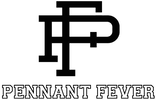
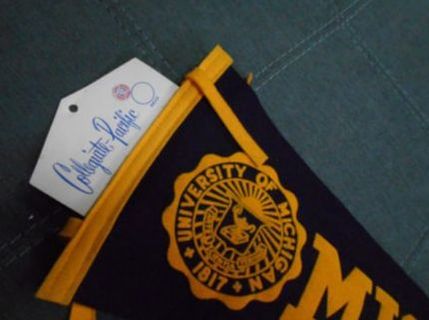
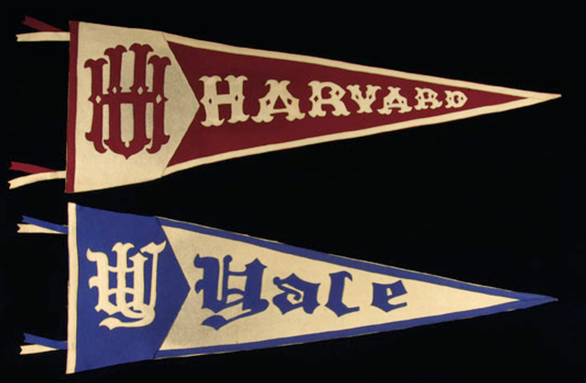
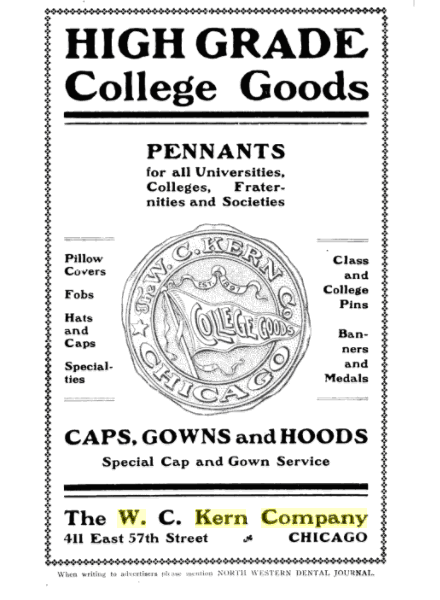
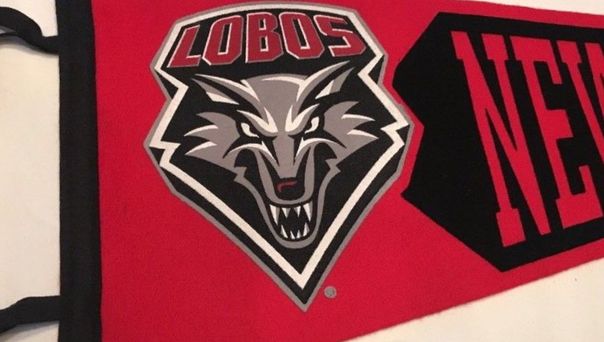

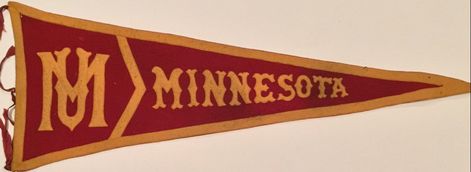
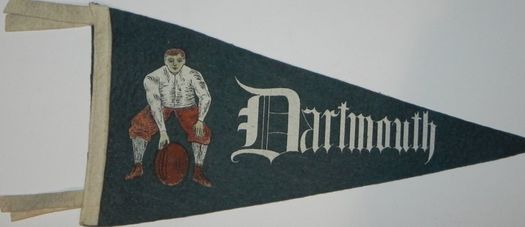
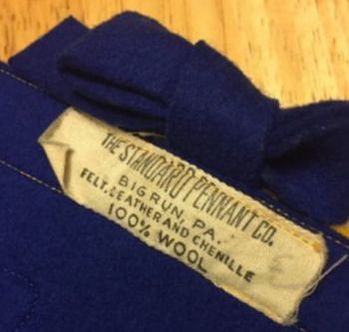


 RSS Feed
RSS Feed
